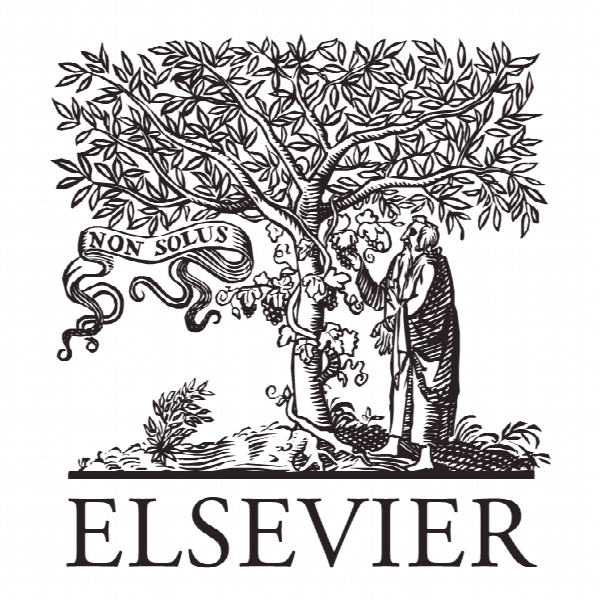رهبری استبدادی و خلاقیت کارکنان: نقش تعدیل کننده سرمایه روانشناختی و نقش واسطه ای ترس و سکوت دفاعی Authoritarian leadership and employee creativity: The moderating role of psychological capital and the mediating role of fear and defensive silence
- نوع فایل : کتاب
- زبان : انگلیسی
- ناشر : Elsevier
- چاپ و سال / کشور: 2018
توضیحات
رشته های مرتبط مدیریت، روانشناسی
گرایش های مرتبط مدیریت اجرایی، مدیریت منابع انسانی، روانشناسی صنعتی و سازمانی
مجله تحقیقات تجاری – Journal of Business Research
دانشگاه Shandong University at Weihai – China
شناسه دیجیتال – doi https://doi.org/10.1016/j.jbusres.2018.07.034
منتشر شده در نشریه الزویر
کلمات کلیدی انگلیسی Authoritarian leadership, Fear, Defensive silence, Employee creativity, Psychological capital
گرایش های مرتبط مدیریت اجرایی، مدیریت منابع انسانی، روانشناسی صنعتی و سازمانی
مجله تحقیقات تجاری – Journal of Business Research
دانشگاه Shandong University at Weihai – China
شناسه دیجیتال – doi https://doi.org/10.1016/j.jbusres.2018.07.034
منتشر شده در نشریه الزویر
کلمات کلیدی انگلیسی Authoritarian leadership, Fear, Defensive silence, Employee creativity, Psychological capital
Description
In today’s rapidly changing and increasingly competitive work environment, employees are more than ever expected to produce novel and useful ideas about new products, services and procedures (i.e., exhibit creative behaviors; Zhou & Hoever, 2014). Creativity is important not only because it increases customer satisfaction and loyalty, but it also plays a crucial role in organizational success and survival (Gumusluoglu & Ilsev, 2009). As a result, organizations often seek to adopt policies that fuel employee creativity (Gong, Huang, & Farh, 2009). To do so, researchers have underscored and focused on the role of positive forms of leadership (Bai, Lin, & Li, 2016; Shin & Zhou, 2003; Tierney, Farmer, & Graen, 1999). Although these studies have generated valuable insights, little attention has been paid to potentially darker or destructive sides of leadership and their relationship with employee creativity. An example of such leadership approach is authoritarian leadership (AL) (Aycan, 2006). Authoritarian leaders assert absolute authority and control over employees and expect unquestionable obedience (Cheng, Chou, Wu, Huang, & Farh, 2004). Given that the creative process often requires employees to use their own discretion to share and come up with useful ideas (Amabile, 1988; Gong et al., 2009), a growing body of work has suggested that AL can inhibit creativity (e.g., Wang, Chiang, Tsai, Lin, & Cheng, 2013; Zhang, Tsui, & Wang, 2011). Despite these important findings, there is still lack of a coherent theoretical framework that explicates the psychological processes and moderating factors of such relationship in more depth. More specifically, aside from Zhang et al. (2011) who examined the mechanisms (i.e., reduced knowledge sharing in workgroups and collective efficacy) through which the AL – creativity link occurs at the group-level, our insight into why and when AL weaves its influence on individual employee creativity remains very limited. Such expanded insight is crucial because creativity is not merely an aggregated effort, but rather an opportunity for individuals to contribute uniquely (Amabile, 1996). Furthermore, several studies have revealed weak, and even in some cases positive associations between AL and employees’ overall performance (e.g., Huang, Xu, Chiu, Lam, & Farh, 2015; Wang & Guan, 2018). Since creativity is a critical component of employees’ performance (Raja & Johns, 2010), these mixed findings suggest that the AL – creativity link is far more complex than generally assumed by past research. They also emphasize the need for more detailed understanding of the mechanisms underlying this link as well as the moderating factors that may weaken or strengthen these processes. Such improved knowledge could then help organizations to alleviate the illeffects of AL on creativity at work. Accordingly, our primary goal in this paper is to develop and test a more comprehensive model linking AL to individual employee creativity. To do so, we draw from Lazarus and Folkman’s (1984) transactional theory of stress as an overarching theoretical framework to suggest two primary mechanisms: fear (the primarily felt emotion) and defensive silence (the coping mechanism adopted to reduce the potentially threatening relationship and feelings of fear) through which AL may relate to employee creativity. Briefly, Lazarus and Folkman’s theory suggests that individuals who encounter stressors in the form of demanding or pressuring interpersonal interactions may experience fear and may adopt relevant coping mechanisms (e.g., reduce their work efforts). Because creativity is an important work effort that requires individuals to go above and beyond their normal job requirements (George, 2008), we suggest in this manuscript that being confronted with an authoritarian leader may be demanding, pressuring, and form a significant stressor for employees such that they experience fear and become defensively silent, which then inhibits their creativity.


